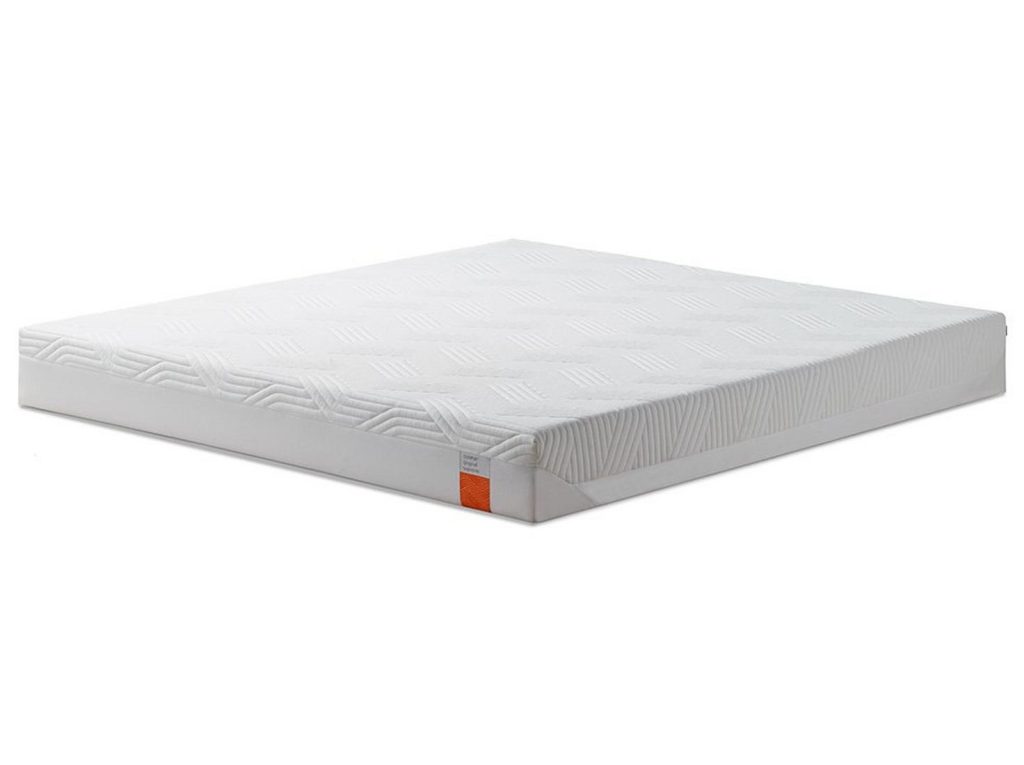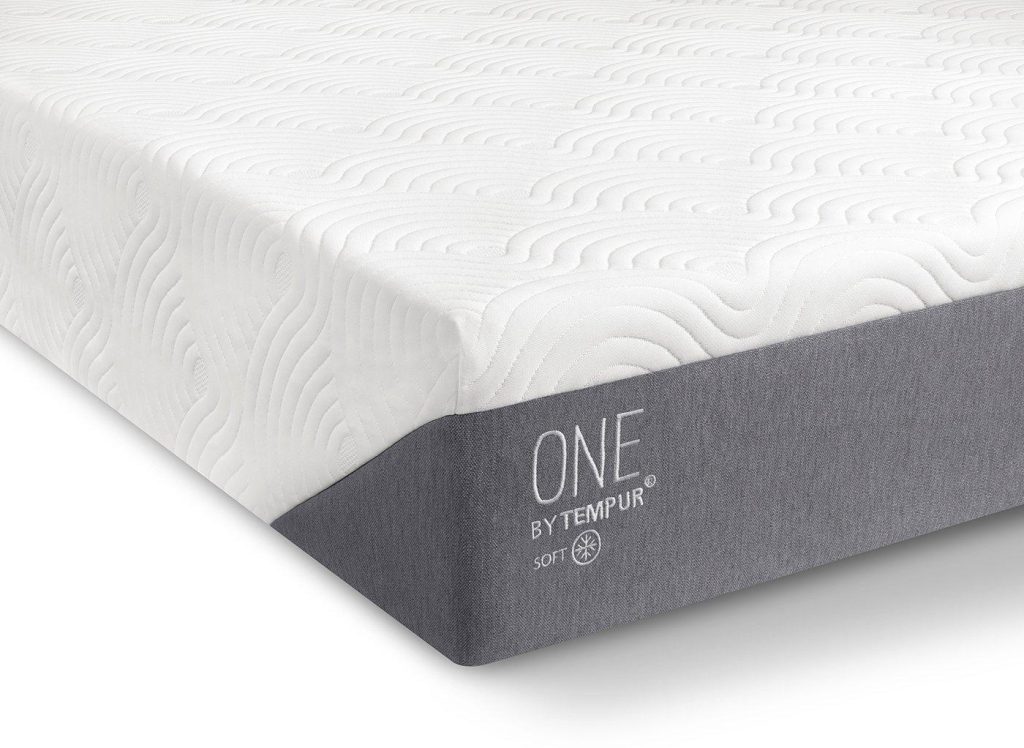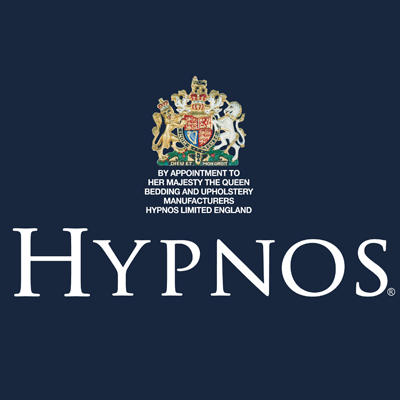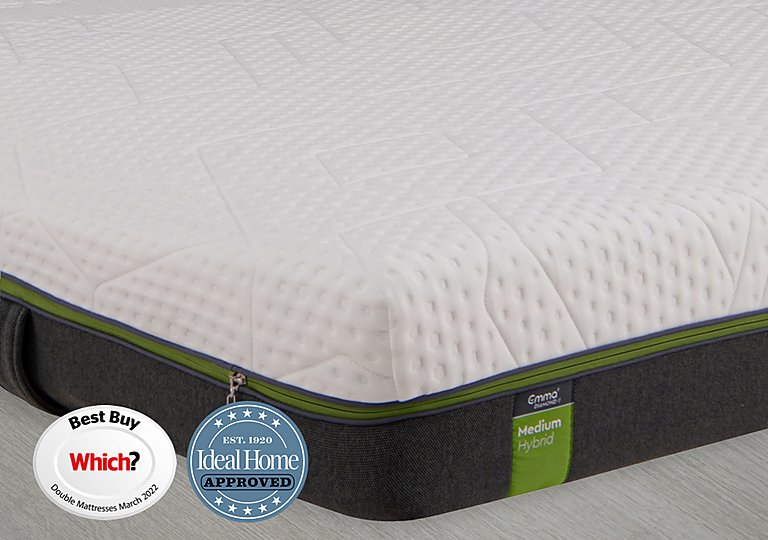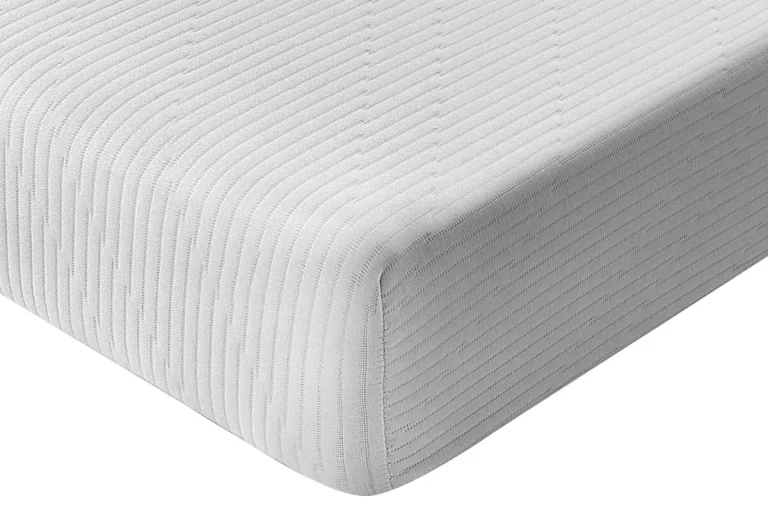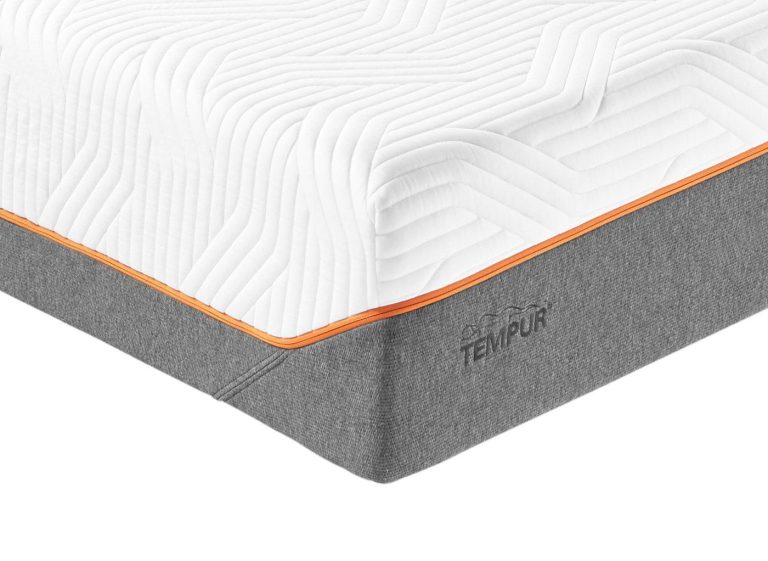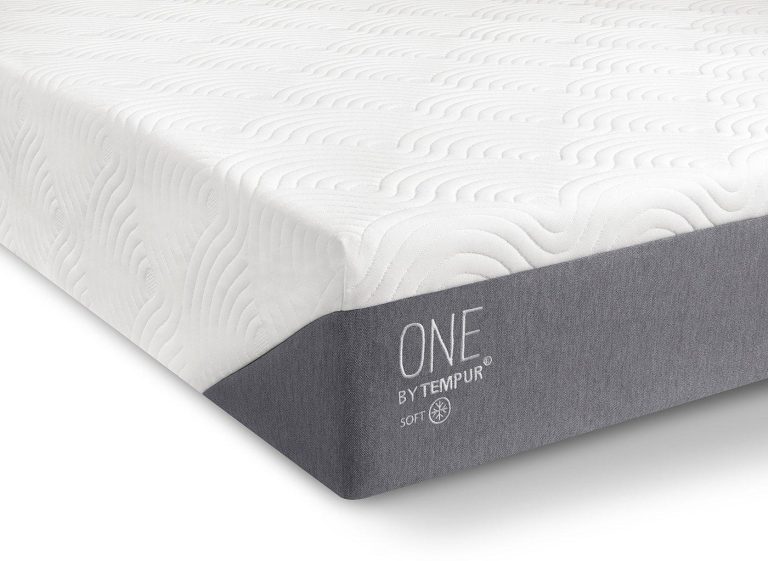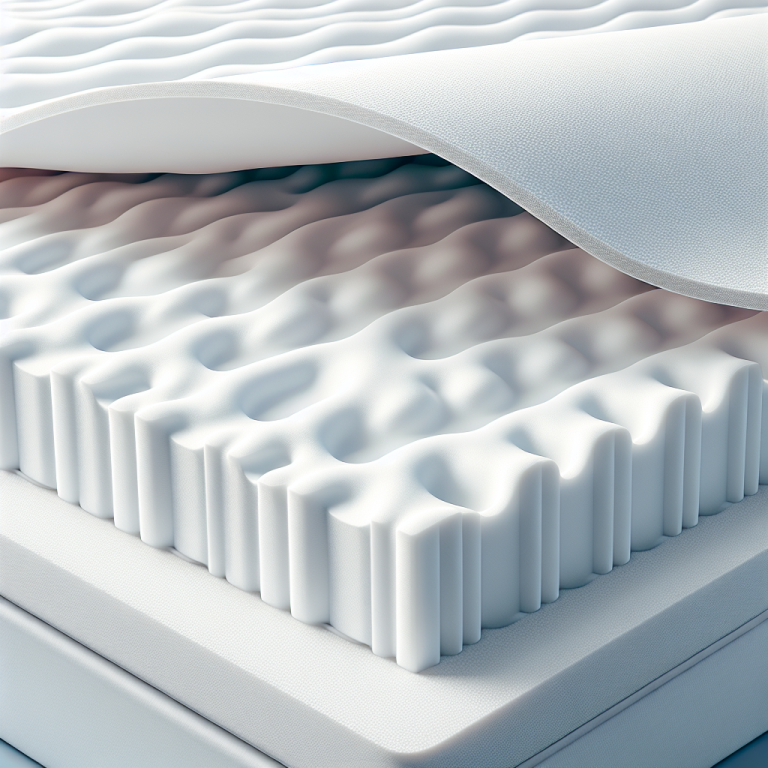Have you ever wondered how your TEMPUR mattress or pillow adapts to the varying levels of humidity in your environment? Well, you’re in luck! In this article, we will explore the fascinating way in which TEMPUR material responds to changes in humidity. From its unique cellular structure to its ability to provide optimal comfort regardless of the weather, you’ll discover the science behind why TEMPUR products are the perfect choice for a restful night’s sleep, no matter the atmospheric conditions. So, get ready to uncover the secrets behind the remarkable adaptability of TEMPUR material!
Table of Contents
ToggleOverview of TEMPUR Material
Introduction to TEMPUR Material
TEMPUR material is a unique and innovative foam used in mattresses and pillows. Developed by NASA in the 1970s, TEMPUR material is known for its exceptional ability to conform to the shape of the body, providing unparalleled support and comfort. It is designed to respond to changes in pressure and temperature, ensuring a personalised sleeping experience. However, one important aspect that often goes unnoticed is how TEMPUR material responds to changes in humidity. In this article, we will explore the effects of humidity on TEMPUR material, the absorption and release of moisture, strategies for maintaining ideal humidity levels, and other factors that can impact the longevity and performance of a TEMPUR mattress.
Properties and Characteristics of TEMPUR Material
Before delving into the effects of humidity, let’s briefly touch upon the unique properties and characteristics of TEMPUR material. Made from viscoelastic foam, TEMPUR material is renowned for its ability to evenly distribute body weight and relieve pressure points. It provides a custom fit for each individual, as it softens in response to body heat yet remains firm to support the body’s natural alignment. Additionally, TEMPUR material is highly durable and resistant to wear and tear, ensuring a long lifespan for the mattress. Now, let’s explore how humidity can influence the performance and feel of TEMPUR material.
Effects of Humidity on TEMPUR Material
Influence of Humidity on TEMPUR Material
Humidity refers to the amount of moisture present in the air. It plays a crucial role in shaping the performance and characteristics of TEMPUR material. When exposed to high levels of humidity, TEMPUR material may change its feel and responsiveness, whereas low humidity levels can also have an impact on its properties. Understanding how humidity affects TEMPUR material is essential for ensuring an optimal sleep experience.
Changes in Feel and Performance
High humidity can cause TEMPUR material to retain more moisture, resulting in a softer and warmer sleeping surface. This increased moisture absorption can sometimes lead to the mattress feeling slightly “clammy” or less supportive than usual. On the other hand, low humidity can cause the material to lose moisture, which may lead to a firmer feel. It’s important to note that, while these changes in feel may be subtle, they can still affect the overall comfort and support provided by the mattress.
Potential Issues with High Humidity
Excessive moisture in the air can create an environment conducive to the growth of mould and mildew. TEMPUR material, although resistant to bacteria, can still be affected by prolonged exposure to high humidity. This can not only compromise the structural integrity of the mattress but also pose potential health risks. Therefore, it is crucial to mitigate the impact of high humidity to ensure the longevity and quality of a TEMPUR mattress.
Potential Issues with Low Humidity
While low humidity may not pose the same mold-related concerns as high humidity, it can still have an impact on the performance of TEMPUR material. A decrease in moisture content can cause the material to become stiffer, resulting in a temporary loss of its conforming abilities. Thus, maintaining an adequate level of humidity is essential for preserving the desired comfort and support of a TEMPUR mattress.
Absorption and Release of Moisture
Absorption Process in TEMPUR Material
TEMPUR material has the ability to absorb moisture from the surrounding environment. The open-cell structure of the foam allows it to act like a sponge, drawing in moisture and retaining it within its molecular framework. This absorption process can vary based on factors such as temperature, humidity, and the amount of moisture present in the air.
Moisture Retention in TEMPUR Material
Once moisture is absorbed, TEMPUR material can hold onto it for a prolonged period. This is due to the viscoelastic nature of the foam, which allows it to retain moisture until the surrounding conditions change. While this can contribute to the overall comfort of the mattress by providing a slightly softer feel, excessive moisture retention can lead to issues such as odour and the growth of allergens.
Release of Moisture in TEMPUR Material
TEMPUR material also has the capability to release moisture back into the air when the surrounding environment becomes drier. This process occurs naturally as the moisture within the foam evaporates. However, the release of moisture can be hindered if the mattress is not properly ventilated or if the surrounding humidity levels remain consistently high.
Maintaining Ideal Humidity for TEMPUR Material
Recommended Humidity Levels
To ensure the optimal comfort, performance, and longevity of a TEMPUR mattress, it is recommended to maintain a relative humidity level between 30% and 50%. This range provides a balance between the material’s ability to conform and support the body while also minimising the risk of mould growth or excessive moisture retention.
Use of Dehumidifiers and Humidifiers
In environments with high humidity, the use of dehumidifiers can be beneficial in reducing the moisture content in the air. This can prevent the excessive absorption of moisture by the TEMPUR material, preserving its integrity and preventing the growth of mould or mildew. Conversely, in areas with low humidity, using a humidifier can help maintain an adequate level of moisture, preventing the material from becoming overly firm and less responsive.
Proper Ventilation
Proper ventilation plays a crucial role in manageing the humidity levels around a TEMPUR mattress. Ensuring good airflow in the room can help prevent the build-up of humidity and aid in the evaporation of moisture within the foam. This can be achieved by keeping windows open, using fans, or utilising ventilation systems in the room. Adequate ventilation not only assists in maintaining the desired humidity but also promotes a healthier sleeping environment.
Sensitivity to Temperature Changes
Impact of Temperature on TEMPUR Material
In addition to humidity, temperature can also influence the performance of TEMPUR material. Changes in temperature can cause the material to either soften or firm up, which can affect its conforming abilities and overall comfort. Understanding the interaction between temperature and humidity is crucial for effectively manageing the sleep experience on a TEMPUR mattress.
Temperature and Humidity Interactions
Temperature and humidity are intricately linked, and changes in one can often impact the other. Higher temperatures tend to increase the moisture content in the air, leading to higher humidity levels. Conversely, colder temperatures can cause a decrease in humidity. These fluctuations can affect the absorption and release of moisture in TEMPUR material, ultimately influencing its feel and responsiveness.
Methods for managing Temperature Changes
To mitigate the impact of temperature changes, it is important to ensure proper room ventilation and temperature control. Keeping the room at a moderate temperature, ideally between 65°F and 72°F, can help maintain the integrity and performance of TEMPUR material. Additionally, using breathable bedding materials and avoiding direct exposure to heat sources can also contribute to a comfortable sleep environment.
Avoiding Mould and Moth Growth
Moth Resistance in TEMPUR Material
One advantage of TEMPUR material is its natural resistance to common household pests, such as moths. Due to the composition and characteristics of the foam, it is highly unlikely for moths or other insects to infest a TEMPUR mattress. This adds an extra layer of peace of mind for those concerned about pest-related issues.
Mould Prevention Measures
To prevent mould growth, it is essential to keep the TEMPUR mattress clean and dry. Regularly cleaning the mattress cover and using a mattress protector can help create a barrier against moisture and spills. Additionally, ensuring proper ventilation and maintaining ideal humidity levels can significantly reduce the risk of mould formation. In the event of accidental water exposure, it is crucial to thoroughly dry the affected area to prevent the growth of mould or mildew.
Cleaning and Care Instructions
To maintain the longevity and performance of a TEMPUR mattress, it is important to follow the manufacturer’s cleaning and care instructions. Typically, TEMPUR material is not machine washable, and it is recommended to spot clean any stains using a mild detergent and water. Vacuuming the mattress regularly can help remove surface dust and allergens, while allowing the mattress to air out periodically can aid in moisture evaporation.
Warranty and Longevity
Warranty Coverage for Humidity-Related Issues
TEMPUR-Pedic, the leading manufacturer of TEMPUR-material mattresses, provides warranty coverage for certain humidity-related issues. However, it is essential to review the specific terms and conditions of the warranty to understand the extent of coverage offered. Generally, warranty protection against defects in material and workmanship is provided, but coverage for changes in feel due to humidity may vary.
Factors Affecting Longevity
The longevity of a TEMPUR mattress can be influenced by various factors, including exposure to high humidity or extreme temperature fluctuations. Excessive moisture absorption or the growth of mould can compromise the structural integrity of the material over time. Proper care, maintenance, and adherence to recommended humidity levels are key factors in extending the lifespan of a TEMPUR mattress.
Proper Storage and Maintenance
When not in use, it is important to store the TEMPUR mattress in a well-ventilated area where humidity levels can be controlled. This helps prevent the accumulation of moisture and the growth of mould or mildew during periods of non-use. Additionally, following the manufacturer’s guidelines for mattress maintenance, such as regular rotation and cleaning, can significantly contribute to its longevity.
Comparing TEMPUR Material with Other Mattress Types
Differences in Response to Humidity
While TEMPUR material is known for its exceptional ability to adapt to the body’s contours, it may respond differently to humidity compared to other mattress types. Traditional innerspring mattresses, for example, may not be as affected by humidity due to their construction. Memory foam mattresses, on the other hand, can exhibit similar characteristics to TEMPUR material in terms of their response to changes in humidity.
Advantages and Disadvantages of TEMPUR Material
TEMPUR material offers numerous advantages, including excellent support, pressure relief, and long-lasting durability. Its ability to conform to the body and evenly distribute weight sets it apart from many other mattress types. However, its sensitivity to humidity and the potential changes in feel it may undergo can be considered a slight disadvantage. It is essential for individuals to determine whether the benefits of TEMPUR material outweigh any concerns related to humidity when making a mattress purchase decision.
Expert Recommendations for Humidity Management
Insights from Mattress Experts
To gain further insights into humidity management for TEMPUR material, we reached out to mattress experts. According to them, maintaining a moderate level of humidity is crucial for preserving the performance and feel of the mattress. They emphasise the importance of proper ventilation, regular cleaning, and adherence to recommended humidity levels to ensure optimal sleep quality and mattress longevity.
Tips for Optimal Humidity Control
Based on expert recommendations, here are some tips for effectively managing humidity levels for TEMPUR material:
- Keep the room well-ventilated by opening windows or using fans.
- Use a dehumidifier in areas with high humidity to reduce excessive moisture.
- Use a humidifier in areas with low humidity to maintain an optimal moisture level.
- Follow the manufacturer’s care instructions and clean the mattress regularly to prevent the growth of mould or mildew.
- Avoid exposing the mattress to direct heat sources or prolonged periods of high humidity.
- Store the mattress in a well-ventilated area during periods of non-use to prevent moisture accumulation.
By implementing these practices, individuals can maintain the ideal humidity levels for their TEMPUR mattress and ensure a comfortable and durable sleep surface.
Conclusion
In conclusion, TEMPUR material, renowned for its incredible comfort and support, is also influenced by changes in humidity. High humidity can cause TEMPUR material to become softer, while low humidity can result in a firmer feel. It is essential to maintain a relative humidity level between 30% and 50% to optimise
the performance of the mattress and prevent moisture-related issues. Proper ventilation, the use of dehumidifiers or humidifiers, and following care and maintenance instructions are all critical in preserving the integrity and longevity of TEMPUR mattresses. By understanding how humidity can impact TEMPUR material and implementing expert recommendations for humidity management, individuals can enjoy a comfortable and supportive sleeping environment for years to come.


